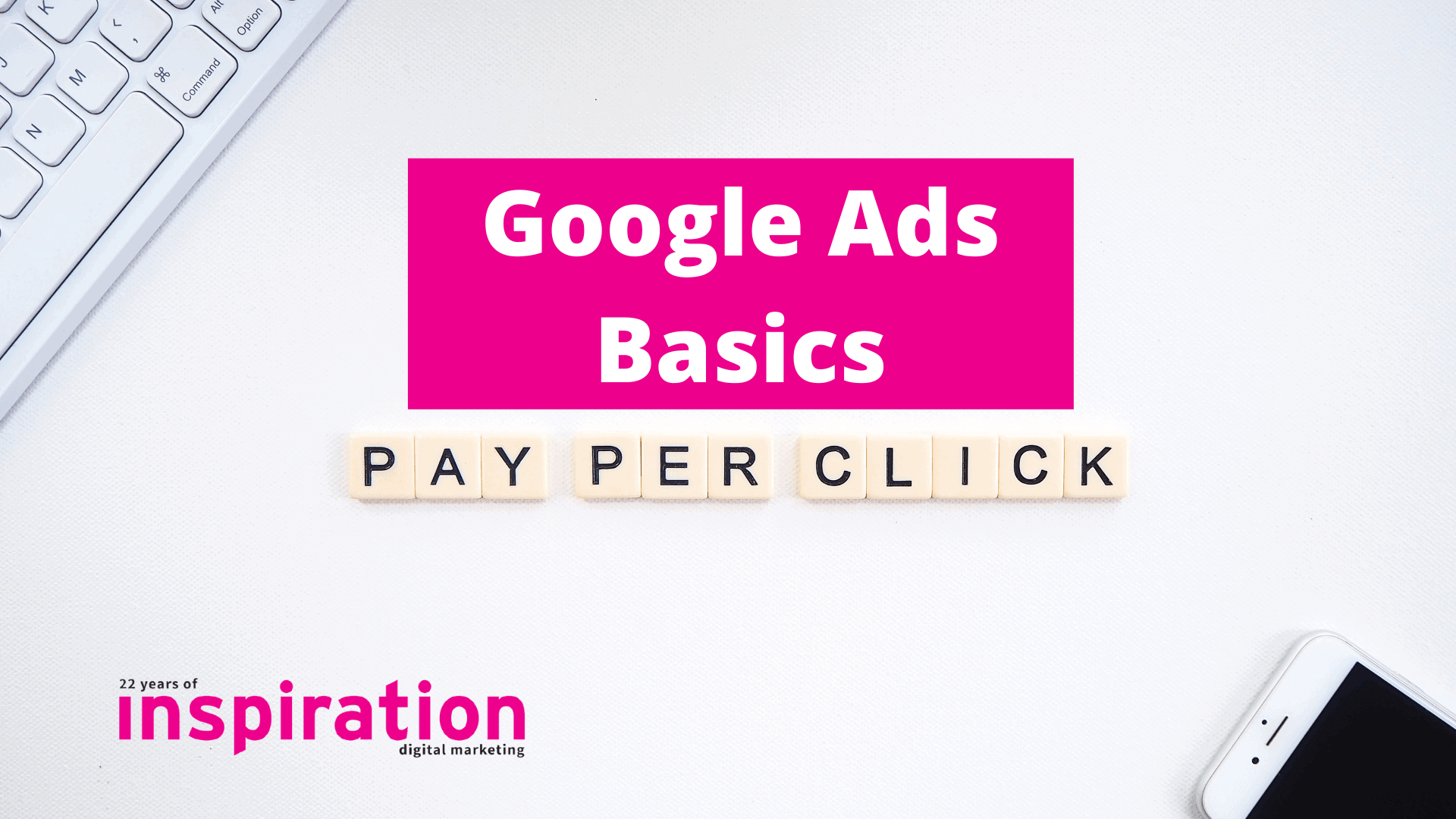Positioning on the first search results of any browser is not as simple as just having an active website or updated social media.
Depending on the keyword, it’s an activity that requires strategic content creation & updating, a technically sound website, backlinks and more. This process is known as Search Engine Optimisation (SEO).
Typically, the more competitive a SERP (search engine results page) the longer it can take to rank on page 1 and to get to the top. The results of good SEO are usually a long-term play. And that is why it is advisable to start working on it as soon as possible.
Paid Ads are complimentary to your longer-term SEO Goals
In the meantime, paid online ads will help achieve positioning the company in the first results before the organic results.
Regardless of the size of the company, paid online ads allows small businesses to compete with companies of any size to appear in the first results when a web search query is done – having the same opportunities to satisfy any user information’ needs.
The best-known online advertising platform is Google Ads. Some companies, especially SMEs, decide to count on an expert agency in online advertising to help them with their strategy, since understanding how it works or finding the time to use it is not easy. For this reason, it is important to know and understand the main performance indicators that appear in the campaign reports – these will tell if the money and effort invested in digital marketing were worth it.
So what are the main Google Ads KPI’s to know?
Impressions
An impression shows how often your ad is being seen.
Every time a user searches for the keywords you’re bidding on and your ad shows up, it is an impression, so when you see “X” number of impressions, that means that “X” times your ad appeared on Google’s ad networks, such as on Google.com, YouTube or other publisher websites and apps.
An ad that appears first on the first page will have more impressions than its competition.
Interactions
An interaction is the main action associated with an ad format, such as clicks for text, image display and product shopping ads, views for video ads on YouTube and more.
The number of interactions help a business determine whether their ads are meeting their performance goals or not.
Interaction Rate
The interaction rate is the percentage of people that interact with an ad after it’s shown to them. It is very helpful to measure your ad’s effectiveness.
With a short exercise, it is easier to understand: If an ad receives 200 impressions and 10 interactions, the interaction rate would be 5% (number of interactions/number of impressions*100)
Conversions
A conversion is an action taken by someone after interacting with your ad. These actions must be defined as valuable to the business when creating a campaign, such as an online purchase, a contact form or a call from a mobile phone.
This is probably the most important metric because it lets you know if you are getting what you want from the ads – so it is vital to decide what actions are meaningful to the business.
Conversion Value
The conversion value (“Conv. value”) is the value given to each conversion action. This metric is useful only if there is a value for the conversion actions.
For ecommerce sites, the conversion value comes from the monetary value of the transactions.
Conversion Rate
The conversion rate is the percentage of visitors that complete a conversion after clicking on an ad out of the total number of visitors.
The higher is the conversion rate, the more successful is campaign when the goal is getting conversions.
CPC (Cost Per Click)
The CPC is the paid price for each click in a Google Ads campaign with a CPC bidding. It is usually lower than the max. CPC established when creating the campaign.
This cost is the result of a combination of the bidding strategy, the keyword competition (number of advertisers competing for the same keyword) and the Quality Score (QS = quality and relevance of both keywords and ads) among other factors.
Cost
Cost is the total spend of the campaigns during a given period.
Bounce Rate
The Bounce Rate is the percentage of visitors that abandon the website from the landing page after clicking on an ad without navigating more on the site.
Final Words on Google Ads KPI’s
These are some of the main KPIs that you will see on your Google Ads reports and will help you understand the performance of your campaigns.
Is there any important basic metric that you’re missing here? Are you tracking these KPIs?
If you need help with your Paid Advertising, then please get in touch with us.


